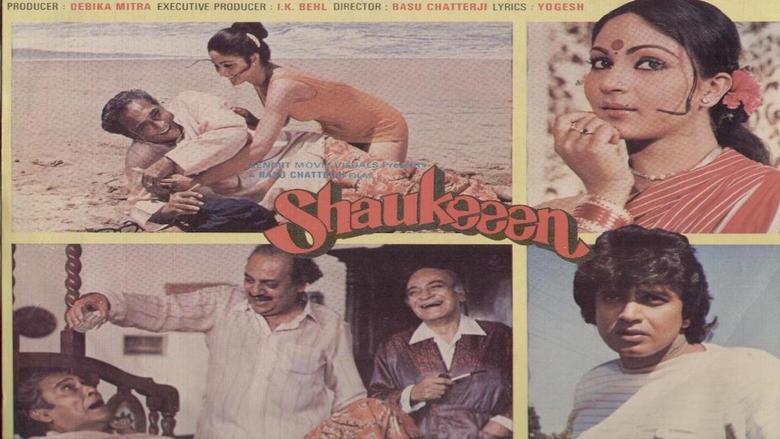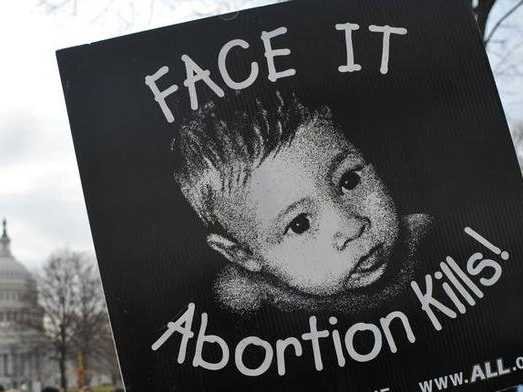With Johnny Depp playing the flamboyant John Dillinger under the direction of Michael Mann, one could easily expect a sleek, visual treat, which Public Enemies certainly is. However, the movie does not go beneath the very surface of the times it deals with. It does not tackle any issues other than the robberies, love life and death of John Dillinger. The movie has been criticized by some critics for not dwelling upon the Great Depression at sufficient length. But that is possibly because Dillinger was not among those criminals who could be seen as product of their times. The Depression did have some impact on his life but was not really instrumental in making him the extremely dangerous criminal that he was.
Dillinger was a natural rule-breaker. He had problems with the authority in the school and was known to bully younger kids. As he grew up his problem grew with him and he frequently found himself at the receiving end of the law. Joblessness caused by the Great Depression made it worse for him although it is unlikely that he would have been a law-abiding citizen even otherwise. However, the movie does not deal with the circumstances that went into the making of Dillinger, but zooms into the thick of Dillinger’s escapades opening with the jailbreak engineered by Dillinger to free some of his gang members.
 It was in the 1930s that John Dilligner perpetrated around two dozen robberies and killed several policemen. He was swift and left no leading clues behind. The police with their conventional methods found it increasingly difficult to get anywhere close to him. He struck at will making a mockery of the law enforcement agencies. The pressure on the government to apprehend Dillinger kept mounting by the day. Dillinger operated across the states, which meant that to effectively deal with a threat as potent as him, the authorities needed a force that could keep up with this movement. So, a federal investigation was the need of the hour. Therefore, in a way, FBI owes its existence and its present day influence to the likes of Dillinger.
It was in the 1930s that John Dilligner perpetrated around two dozen robberies and killed several policemen. He was swift and left no leading clues behind. The police with their conventional methods found it increasingly difficult to get anywhere close to him. He struck at will making a mockery of the law enforcement agencies. The pressure on the government to apprehend Dillinger kept mounting by the day. Dillinger operated across the states, which meant that to effectively deal with a threat as potent as him, the authorities needed a force that could keep up with this movement. So, a federal investigation was the need of the hour. Therefore, in a way, FBI owes its existence and its present day influence to the likes of Dillinger.
The task of putting together a federal investigation agency came to a young bureaucrat called J. Edgar Hoover. He roped in his field commander, Melvin Purvis, who having joined the Bureau of Investigation in 1927, was given the charge of Chicago office of the Bureau in 1932 in view of the daring crimes that were being committed by Dillinger and his gang during that time.
Public Enemies focuses on the struggle of the Bureau of Investigation, which later became the FBI in 1935, to get to the criminals like “Baby Face” Nelson, Kate “Ma” Barker, Alvin “Creepy” Karpis, George “Machine Gun” Kelly and, above all, John Dillinger.
A shrewd criminal becomes a much greater threat when he catches the fancy of the people. Dillinger was not only a dangerous bank robber with no qualms about killing policemen, but was also gradually notching up in public estimation with the people beginning to see him as a modern day version of Robin Hood.
Although the movie keeps Dillinger at the very centre but still manages to indicate that apprehending Dillinger involved a thorough revision of the procedure and investigative techniques that the investigators of that time followed. At one point in the movie when the Bureau fails to get hold of Dillinger, who manages a narrow escape leaving behind a couple dead officers, Melvin Purvis tells Edgar Hoover in no uncertain terms that if more seasoned lawmen and investigators were made available to him, he would prefer relinquishing his position because he could not have his men slaughtered. Hoover, on the other hand, was of the opinion that young officers could do a better job of hunting Dillinger down. But Dillinger was not a deer who could be chased out of breath and taken down.
 Therefore, the bureau had to employ an organized approach to the investigation. The movie indicates that gradually it dawned upon the investigators that a manhunt for some like Dillinger did not just call for following the leads and conducting raids but also required skilful application of detective techniques. While addressing his staff at Chicago office, Purvis underscores the importance of employing ‘scientific approach’ to the investigation if they were to succeed in nabbing Dillinger. By ‘scientific technique’ Purvis meant a systematic approach in which, based upon the available information, a certain hypothesis or theory is evolved, which serves as the starting point for the elimination of possibilities until a time comes when there are only two or three highly probable positions. This kind of approach is adopted not only to proceed with the clues but also to reconstruct the stages in the commissioning of a crime.
Therefore, the bureau had to employ an organized approach to the investigation. The movie indicates that gradually it dawned upon the investigators that a manhunt for some like Dillinger did not just call for following the leads and conducting raids but also required skilful application of detective techniques. While addressing his staff at Chicago office, Purvis underscores the importance of employing ‘scientific approach’ to the investigation if they were to succeed in nabbing Dillinger. By ‘scientific technique’ Purvis meant a systematic approach in which, based upon the available information, a certain hypothesis or theory is evolved, which serves as the starting point for the elimination of possibilities until a time comes when there are only two or three highly probable positions. This kind of approach is adopted not only to proceed with the clues but also to reconstruct the stages in the commissioning of a crime.
It was during this time that an organized information storage system was evolved because Hoover emphasized the importance of document information and progress so that the record is readily available for anyone to peruse and get a hang of the work done in any particular case. It seems that the information storage system gave birth to the criminal profiling that the FBI is now well known for.
However, the ability to get close to such dangerous criminals as Dillinger is one thing and to arrest them is quite another. Therefore, it was also felt that field operations were equally important and these operations required a different set of skills than investigation. So, field officers entrusted with the duty of apprehending criminals were differently trained for the purpose. Earlier, the investigation officers doubled as the arrester, which is still the case in normal police investigations.
 Thus, during the time of Dillinger and on account of his daring escapades, the Bureau of Investigation had to take a hard look on its own workings and had to make major, necessary changes. The movies does hint at all of the changes made but it keeps Dillinger at the center at all times.
Thus, during the time of Dillinger and on account of his daring escapades, the Bureau of Investigation had to take a hard look on its own workings and had to make major, necessary changes. The movies does hint at all of the changes made but it keeps Dillinger at the center at all times.
Public Enemies is the movie adaptation of Bryan Burrough’s non-fiction work, Public Enemies: America’s Greatest Crime Wave and the Birth of the FBI, 1933–34, and the movie religiously follows the book.
On July 22, 1934, as Dillinger exited Biograph Theatre after watchingManhattan Melodrama, he was nearly surrounded by the bureau agents, and he moved to pull his gun out three agents opened fire. Dillinger was hit thrice. He was hit in the chest twice, but the fatal wound was caused by the bullet that entered the back of his neck and exited right below his right eye. Dillinger fell on the ground, face first. In the movie, Dillinger mumbles lying in the pool of his own blood, “Tell Billie for me, ‘Bye bye Blackbird.’”
However, as per FBI records Dillinger died without a word, which is very likely in view of the nature of the bullet injuries.
Originally written for and published in LAWYERS UPDATE [September 2009 Issue; Vol. XV, Part 9]






